Is Birth Traumatic For Babies? | The Physical Effects of the Birthing Process on Your Baby
Birth is a beautiful part of life, but it can be physically challenging for both mother and baby. Just like mum, a baby also needs time to recover from a difficult or complex birth.
During labour, babies experience different forces as their body twists and turns to pass through the birth canal. Unlike adult skulls, an infant's head bones are soft and malleable. As your baby descends, their skull bones shift, moulding the head to the pelvis shape. Their body also compresses and folds to facilitate a smooth delivery. Fortunately, most babies release these strains within a few days after birth. Taking their first breath, yawning, suckling, stretching, and crying all aid in unwinding and rebalancing.
However, in some babies, this process isn't fully complete, and their bodies may have difficulty fully unwinding after birth. Fortunately, osteopathic treatments can assist newborns in fully relaxing by gently releasing strain or tension caused by a challenging delivery or 'pre-birth moulding' in the womb. These strains can lead to musculoskeletal, digestive, and nervous system imbalances, but proper care can help address them.
These imbalances may present as:
Excessive crying and irritability
Difficulty getting to sleep or staying asleep
A flat, asymmetrical or misshapen head
Preference to turn the head to one side
Challenges with feeding (problems with attachment, weak sucking, favouring one breast)
Wind
Colic
Reflux
Constipation or straining with bowel motions
A check-up can be particularly beneficial after a very long or short labour, a caesarean birth, a breech presentation, or deliveries that require forceps or vacuum extraction (ventouse). These factors can all put additional strain on the baby's head, spine, shoulders, hips, and nervous system during the birth.
Does Birth Have an Impact on Older Children as Well?
The effects of a challenging birth can also manifest in toddlers and older children. As the child grows, the strains from the initial trauma may influence the physical and behavioural aspects of their growth and development.
Common signs include movement difficulties, such as a limp or asymmetrical movement (e.g., favouring one side when walking, crawling or climbing), and postural problems, such as scoliosis (curvature of the spine) or uneven shoulders. Other developmental delays that may be related to birth trauma can include speech, language, communication, eating and digestion issues.
What Techniques Do Osteopaths Use To Treat Babies?
Treating babies requires a different approach compared to treating adults and older kids, so it's crucial to ensure your practitioner is trained in Paediatrics. In my practice, I only use Biodynamic Cranial Osteopathy, a gentle treatment method perfect for babies and children. As an Osteopath, I work with the muscles, bones, and nervous system to help relieve strains in the body and promote its natural ability to heal itself. Babies and Kids make up a large proportion of my patient base, so I would be more than happy to assist you and your little ones on their healing journey or recommend an appropriately trained osteopath in your area!



